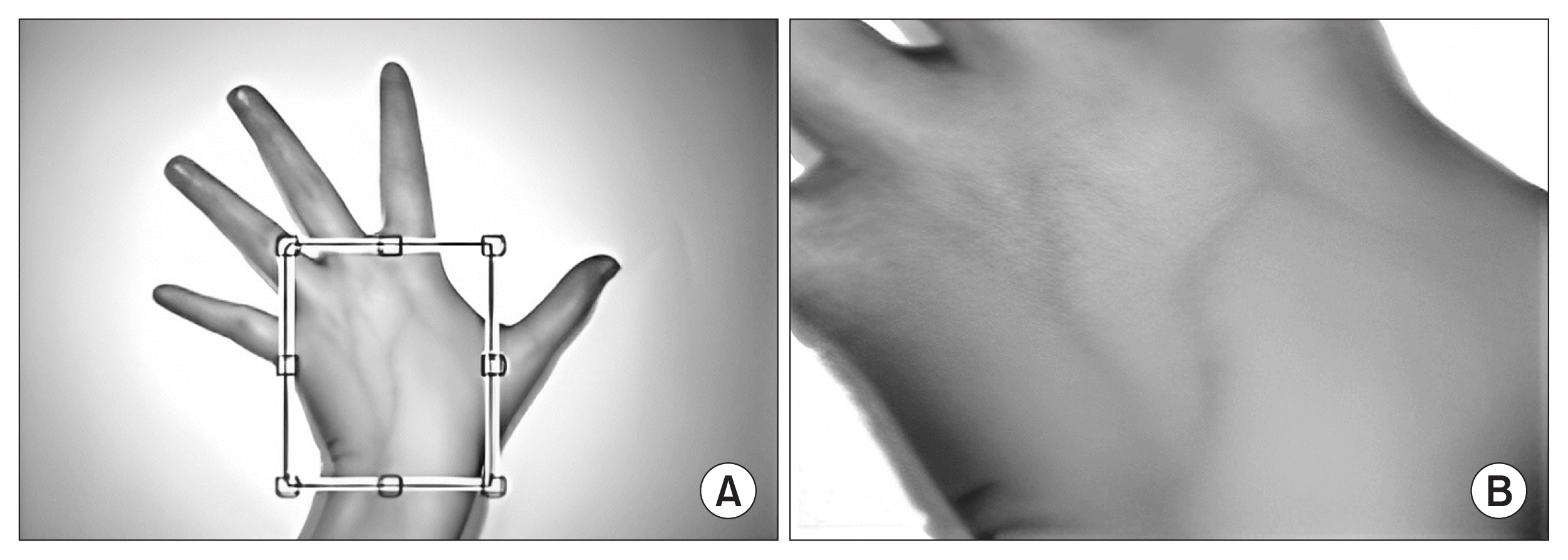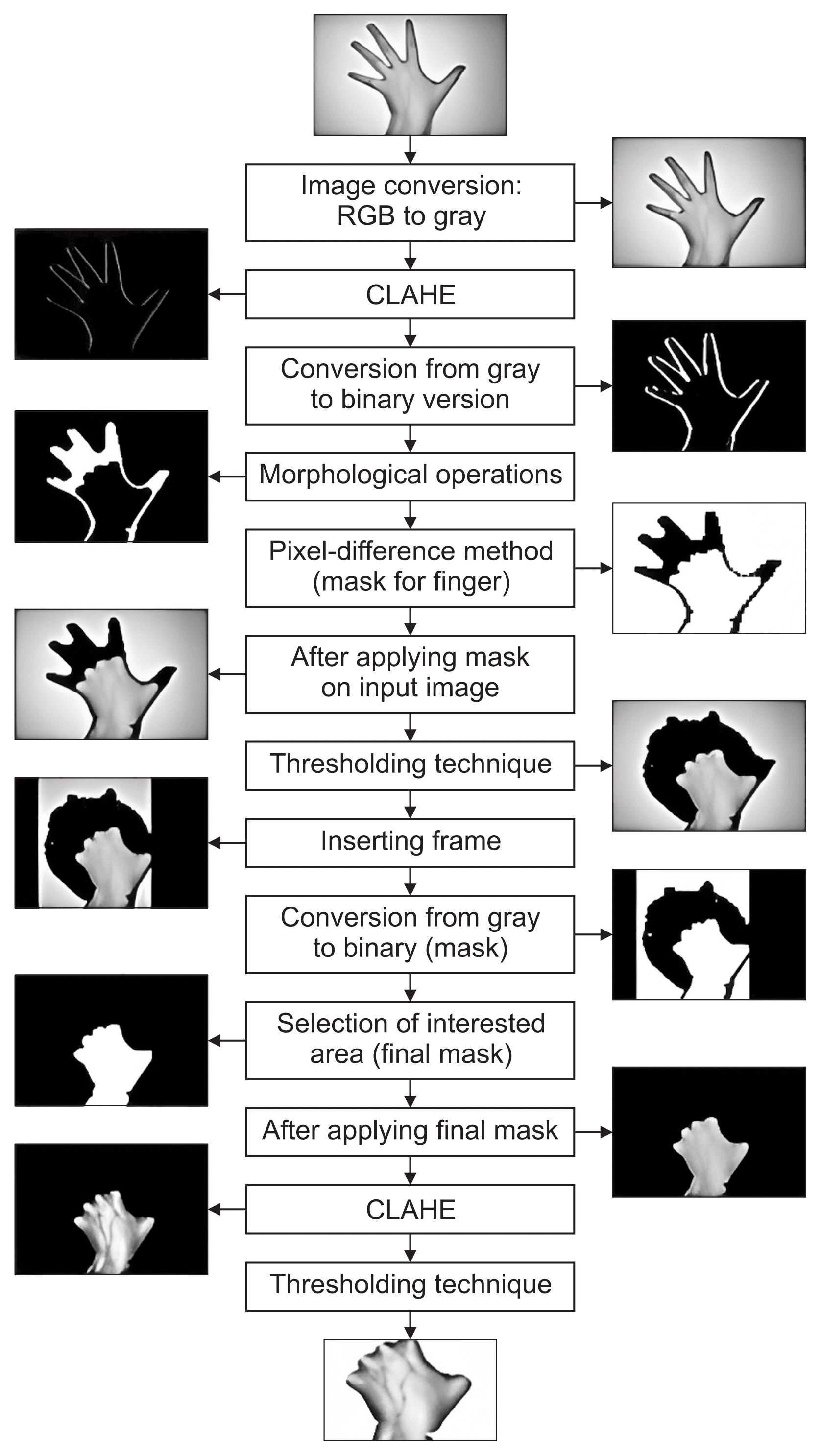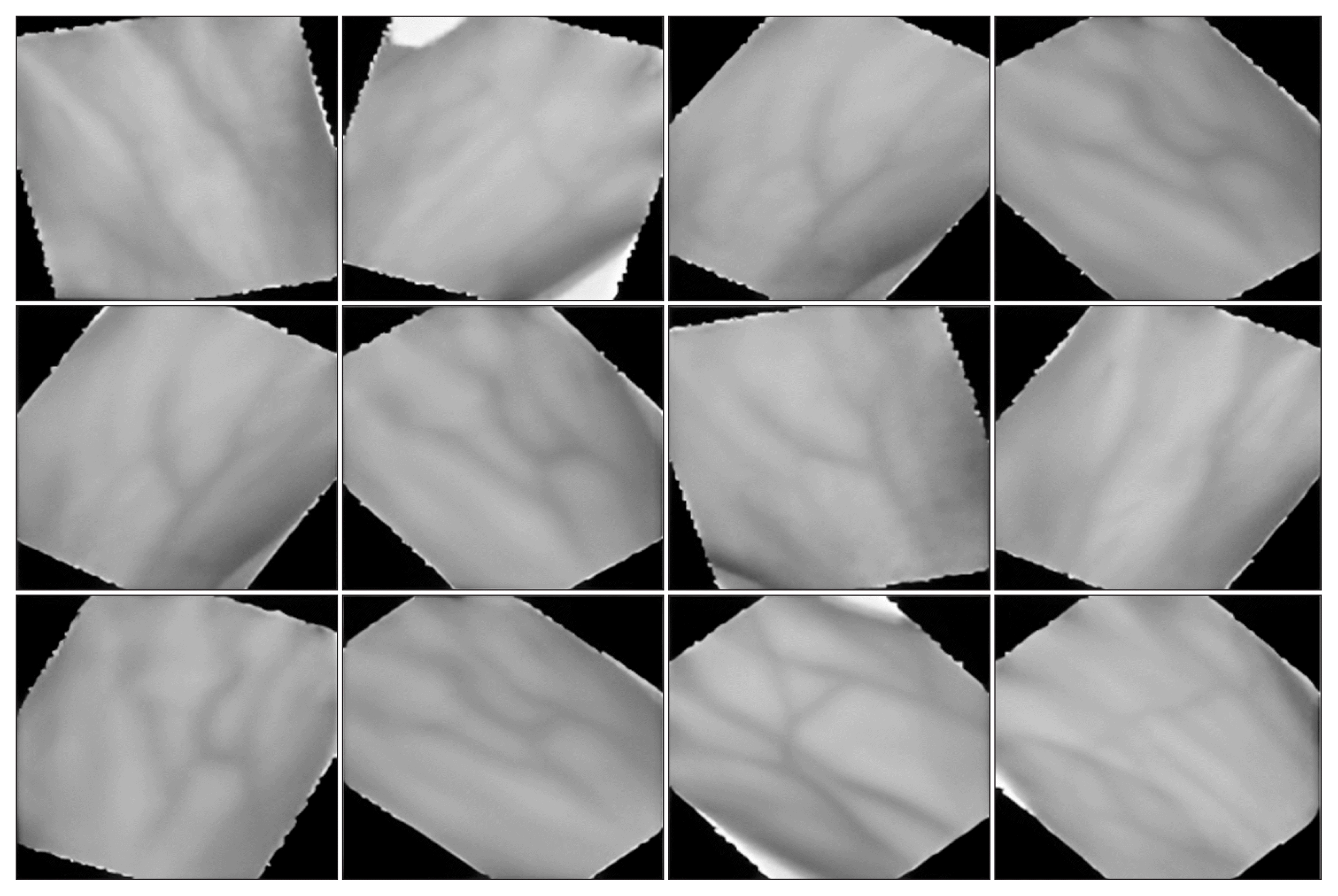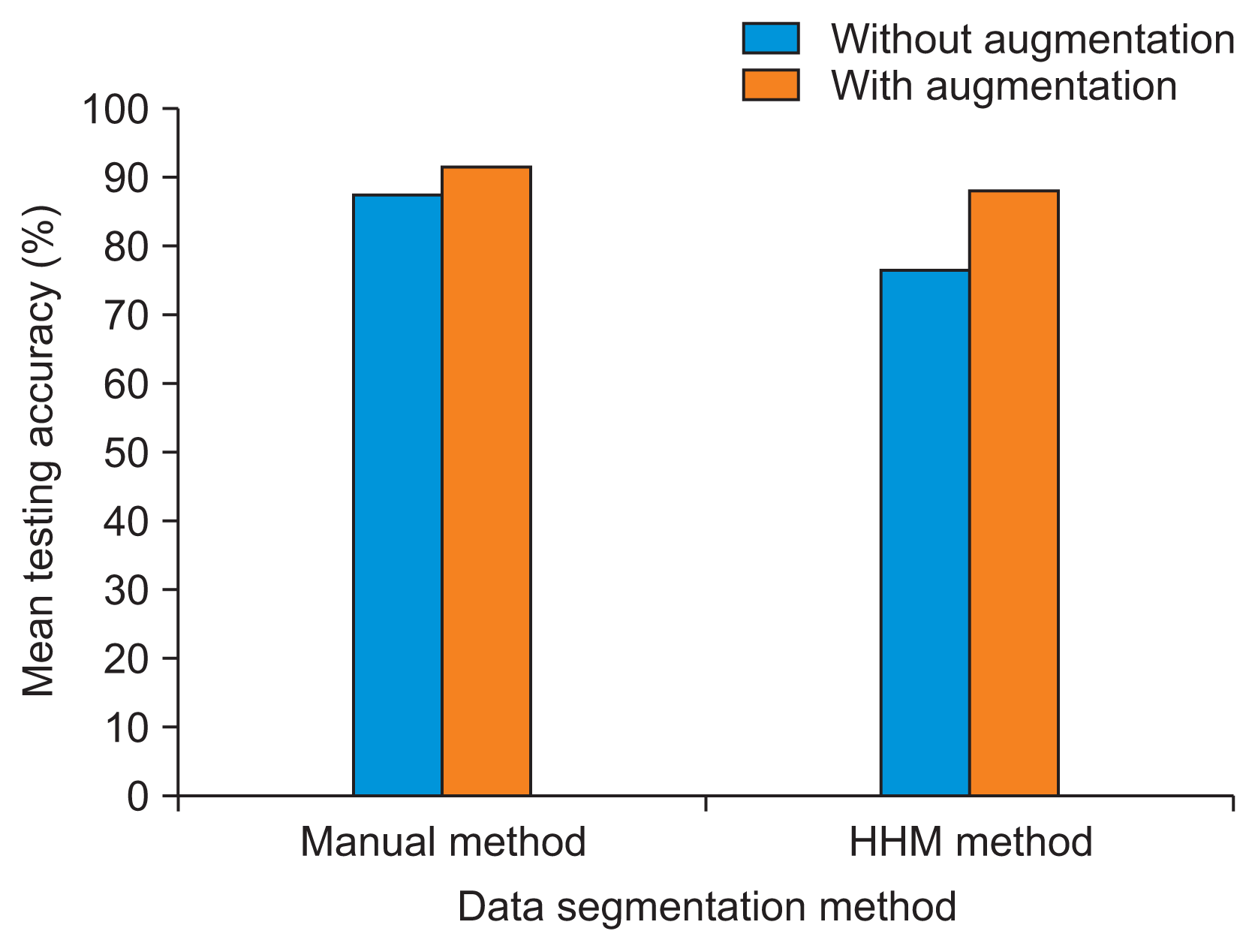1. Chowdhury AM, Imtiaz MH. Contactless fingerprint recognition using deep learning: a systematic review. J Cybersecur Priv. 2022; 2(3):714–30.
https://doi.org/10.3390/jcp2030036.

3. Dhieb T, Boubaker H, Njah S, Ben Ayed M, Alimi AM. A novel biometric system for signature verification based on score level fusion approach. Multimed Tools Appl. 2022; 81(6):7817–45.
https://doi.org/10.1007/s11042-022-12140-7.

4. Zulfiqar M, Syed F, Khan MJ, Khurshid K. Deep face recognition for biometric authentication. In : Proceedings of 2019 International Conference on Electrical, Communication, and Computer Engineering (ICECCE); 2019 Jul 24–25; Swat, Pakistan. p. 1–6.
https://doi.org/10.1109/ICECCE47252.2019.8940725.

5. Nithya AA, Lakshmi C. Iris recognition techniques: a literature survey. Int J Appl Eng Res. 2015; 10(12):32525–46.
7. Kumar R, Singh RC, Kant S. Dorsal hand vein-biometric recognition using convolution neural network. Gupta D, Khanna A, Bhattacharyya S, Hassanien AE, Anand S, Jaiswal A, editors. International Conference on Innovative Computing and Communications. Singapore: Springer;2021. 1087–107.
https://doi.org/10.1007/978-981-15-5113-0_92.

8. Rajalakshmi M, Ganapathy V, Rengaraj R. Palm-dorsal vein pattern authentication using convoluted neural network (CNN). Int J Pure Appl Math. 2017; 116(23):525–32.
9. Raghavendra R, Surbiryala J, Busch C. Hand dorsal vein recognition: Sensor, algorithms and evaluation. In : Proceedings of 2015 IEEE International Conference on Imaging Systems and Techniques (IST); 2021 Sep 16–18; Macau, China. 1–6.
https://doi.org/10.1109/IST.2015.7294557.

10. Khan MH, Khan NA. Investigating linear discriminant analysis (LDA) on dorsal hand vein images. In : Proceedings of the 3rd International Conference on Innovative Computing Technology (INTECH); 2013 Aug 29–31; London, UK. p. 54–9.
https://doi.org/10.1109/INTECH.2013.6653626.

11. Al-johania NA, Elrefaei LA. Dorsal hand vein recognition by convolutional neural networks: feature learning and transfer learning approaches. Int J Intell Eng Syst. 2019; 12(3):178–91.
https://doi.org/10.22266/IJIES2019.0630.19.

15. Guo Z, Ma Y, Min X, Li H, Liu Q, Han C, et al. A novel algorithm of dorsal hand vein image segmentation by integrating matched filter and local binary fitting level set model. In : Proceedings of 2020 7th International Conference on Information Science and Control Engineering (ICISCE); 2020 Dec 18–20; Changsha, China. p. 81–5.
https://doi.org/10.1109/ICISCE50968.2020.00027.

16. Chanthamongkol S, Purahong B, Lasakul A. Dorsal hand vein image enhancement for improve recognition rate based on SIFT keypoint matching. In : Proceedings of the 2nd International Symposium on Computer, Communication, Control and Automation; 2013 Dec 1–2; Singapore. p. 174–7.
https://doi.org/10.2991/3ca-13.2013.44.

17. Sontakke BM, Humbe VT, Yannawar PL. Automatic ROI extraction and vein pattern imaging of dorsal hand vein images. Int J Sci Adv Res Technol. 2018; 4(3):1678–83.
19. Chen L, Zheng H, Li L, Xie P, Liu S. Near-infrared dorsal hand vein image segmentation by local thresholding using grayscale morphology. In : Proceedings of 2007 1st International Conference on Bioinformatics and Biomedical Engineering; 2007 Jul 6–8; Wuhan, China. p. 868–71.
https://doi.org/10.1109/ICBBE.2007.226.

20. Sheet SS, Tan TS, As’ari MA, Hitam WH, Sia JS. Retinal disease identification using upgraded CLAHE filter and transfer convolution neural network. ICT Express. 2022; 8(1):142–50.
https://doi.org/10.1016/j.icte.2021.05.002.

21. Hitam MS, Awalludin EA, Yussof WN, Bachok Z. Mixture contrast limited adaptive histogram equalization for underwater image enhancement. In : Proceedings of 2013 International Conference on Computer Applications Technology (ICCAT); 2013 Jan 20–22; Sousse, Tunisia. p. 1–5.
https://doi.org/10.1109/ICCAT.2013.6522017.

23. Akram MU, Awan HM, Khan AA. Dorsal hand veins based person identification. In : Proceedings of 2014 4th International Conference on Image Processing Theory, Tools and Applications (IPTA); 2014 Oct 14–17; Paris, France. p. 1–6.
https://doi.org/10.1109/IPTA.2014.7001975.

25. LeCun Y, Bottou L, Bengio Y, Haffner P. Gradient-based learning applied to document recognition. Proc IEEE. 1998; 86(11):2278–324.
https://doi.org/10.1109/5.726791.

26. Lefkovits S, Lefkovits L, Szilagyi L. CNN approaches for dorsal hand vein based identification. In : Proceedings of International Conference in Central Europe on Computer Graphics, Visualization and Computer Vision (WSCG); Plzen, Czech Republic. p. 51–60.
https://doi.org/10.24132/CSRN.2019.2902.2.7.

28. Wijewickrama R, Maiti A, Jadliwala M. Write to know: on the feasibility of wrist motion based user-authentication from handwriting. In : Proceedings of the 14th ACM Conference on Security and Privacy in Wireless and Mobile Networks; 2021 Jun 28–Jul 2; Abu Dhabi, United Arab Emirates. p. 335–46.
https://doi.org/10.1145/3448300.3468290.

29. Picart-Armada S, Barrett SJ, Wille DR, Perera-Lluna A, Gutteridge A, Dessailly BH. Benchmarking network propagation methods for disease gene identification. PLoS Comput Biol. 2019; 15(9):e1007276.
https://doi.org/10.1371/journal.pcbi.1007276.






 PDF
PDF Citation
Citation Print
Print







 XML Download
XML Download